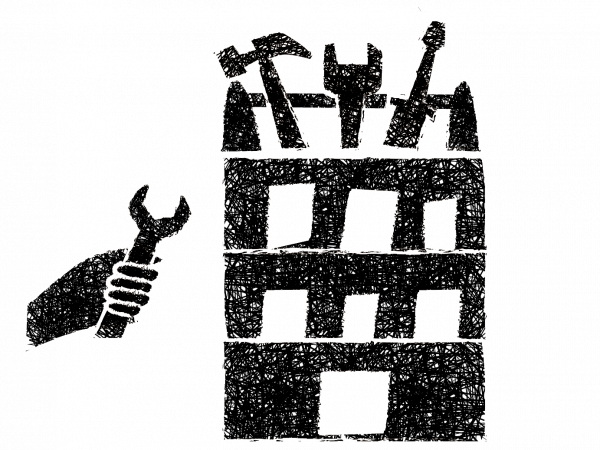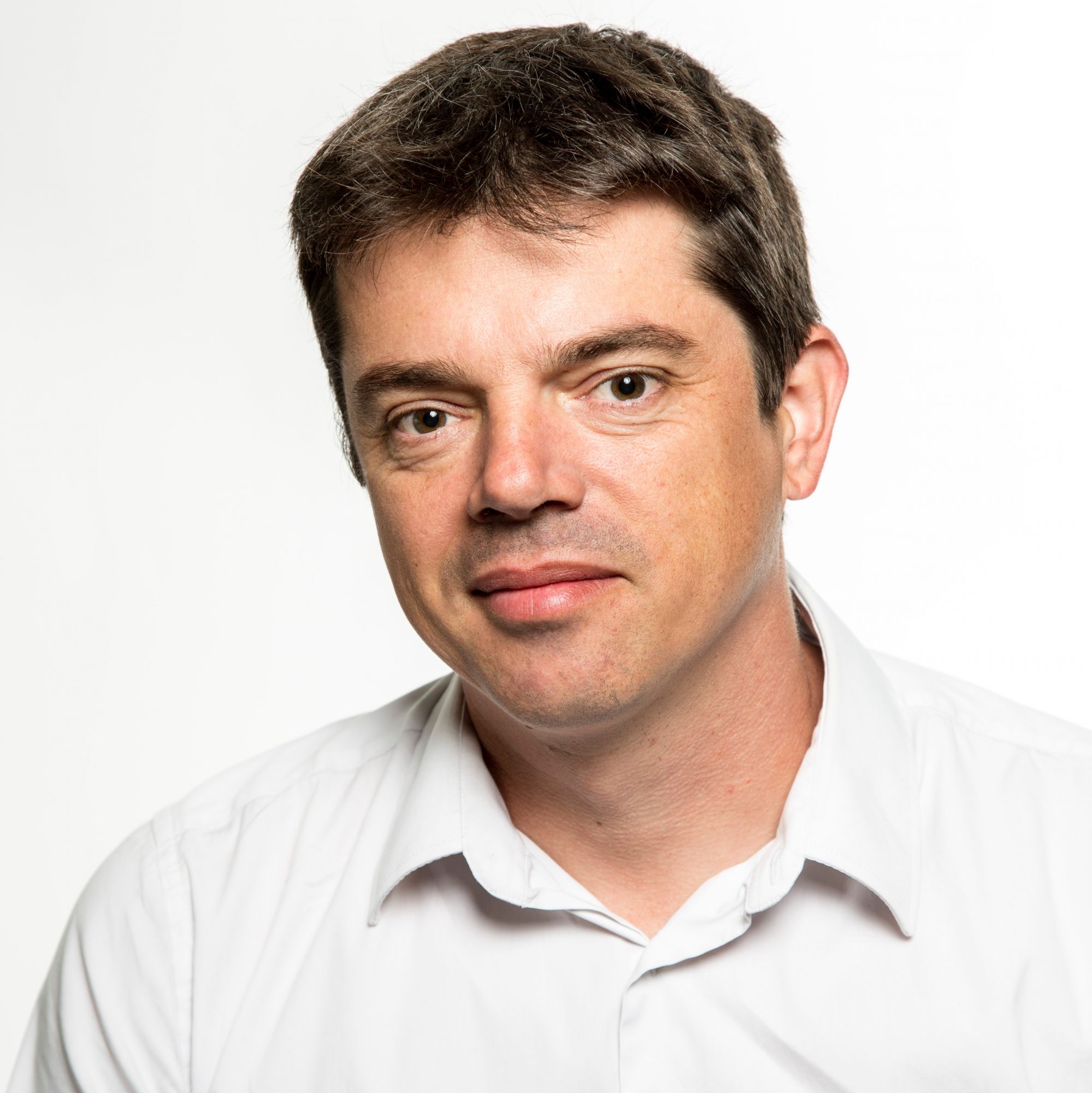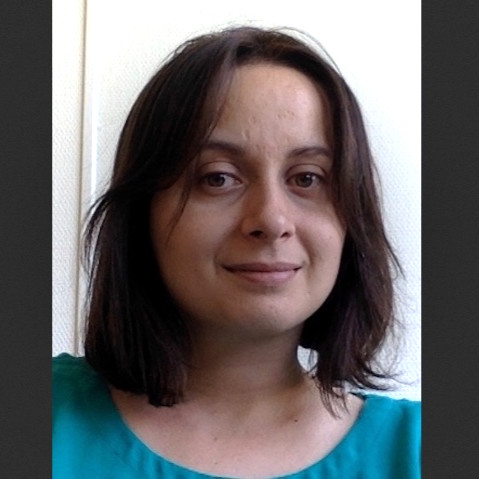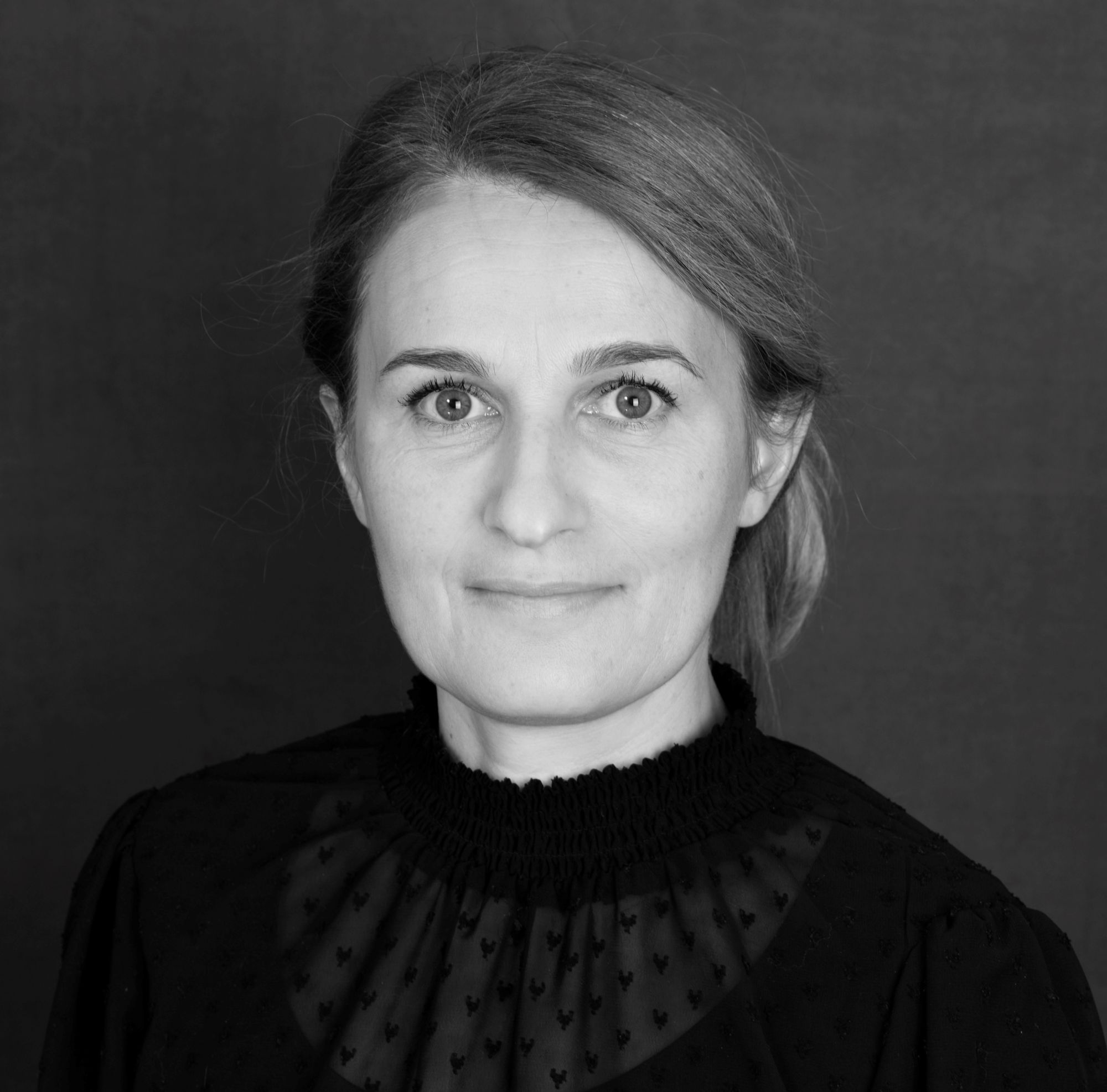- Home
- EN
- Our impact
- ProspeKtive
- Fixing the city

Fixing the city
August 2022
Expert
An observation is obvious: it is around environmental issues that the transformation of the city must be articulated. Remember that the shift is to be taken now with carbon footprint reduction objectives to which all producers in the city must contribute. And we are all at our level of contributors. The city must be made by all and for all in a logic of convergence while the differences often remain strong among the various stakeholders.
But 80% of the city of tomorrow is already there and the fabric of the city therefore essentially resides in adapting to the challenges of tomorrow.
So yes, making the city on the city undoubtedly marks the end of the “easy” city, the one where destruction-reconstruction prevails. When we make the city, we have to think of long cycles, almost in a heritage dimension and therefore, we have to get out of a short-term vision of the act of building. Durability and adaptability must prevail with the idea that the major subject is not only technical since it is actually more of a human issue. We indeed have the technical skills to make the city in a short-term approach but thinking in the long term is much more demanding. This implies having to deal with less standard real estate objects, less easily apprehended and therefore having to accept more complex projects. This then undoubtedly requires more intellectual gray matter, but it also induces a construction of the city through continuity and less through rupture: the city of tomorrow is first and foremost that of yesterday. This is a real opportunity to change our practices and make the city reparable, that is to say capable of being part of a process of continuous improvement based on what already exists. In reality, this is only a question of common sense, showing that any building can have several lives. And since it's common sense, we've got our hands on this much-needed redirect.
Moreover, thinking of the city from what it already is is not an approach limited to urban centres. Let us take the example of peri-urban areas, widely criticized for their spatial consumption and their production through the prism of the automobile. The peri-urban, despite the legitimate criticisms that can be attributed to it, is already there. Because of the very high density of urban centers, common sense can then invite us to weave the urban production of tomorrow from this existing peri-urban, by densifying it in turn instead of continuing to sprawl. The peri-urban area benefits from all the infrastructures necessary for the pursuit of its own production. It is an excellent example of the fact that it is necessary to rethink the urban production of tomorrow starting from the city of today. The surroundings of yesterday are moreover often the polarities of today. Taken as a whole, this reflection leads to considering the whole of land use planning only by “planned obsolescence”, one could say otherwise. This is also related to the question of fundamental sobriety, which must become an absolutely essential basis for reflection in the sense that it is the existing fabric that needs to be optimized without producing a new fabric.
If we go further than the peri-urban when arriving in the countryside while keeping common sense in mind, we are forced to see the potential of agricultural resources in terms of construction materials. We can produce the urban from the rural! Producing part of the city of tomorrow from rurality constitutes a radiant prospect because it is perhaps one of the paths towards a return to a dialogue with nature, which seems to be a strong demand from today's urban dwellers. . So let's stop thinking that others can act in our place because each of us can participate in repairing the city, that is to say restoring it according to the current definition. Let's be optimistic: fixing the city is possible if we collectively take on the subject with a change of practice and mindset. This requires everyone's contribution, but it is undoubtedly this creation of value that is the most stimulating.
Release date: August 2022



